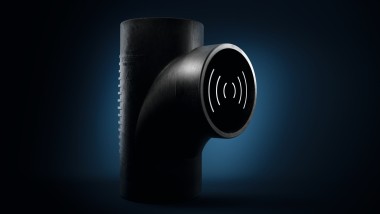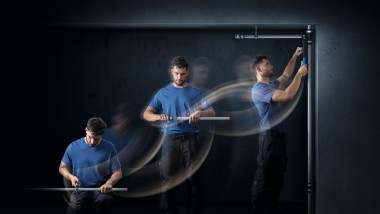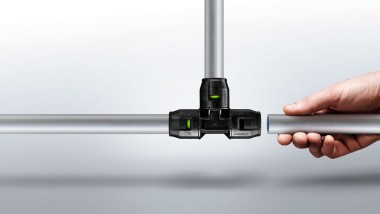CO²-storing home Openly Valley, Widnau (CH)
Setting new standards in the construction industry; Swiss entrepreneur Andy Keel has set his sights on nothing less. With a specially developed construction system, he is pursuing the goal of not only building climate-neutrally, but also utilising buildings as CO²sinks.
Using buildings to store CO² and achieving the Paris 2050 climate targets today: Driven by the desire to create a better future for his three children, Andy Keel has developed Openly, a building system that realises this ambitious goal.
Flexible and durable
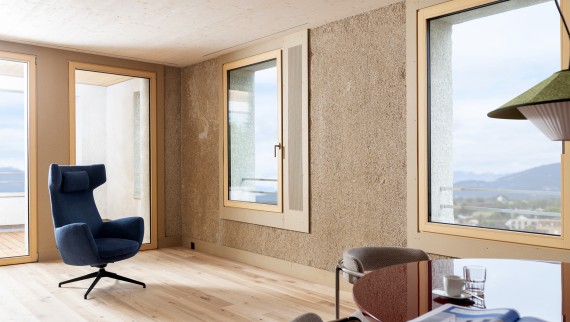
The multi-family house in Widnau with 19 flats is the first of its kind in Europe to fully utilise this innovative system and was built completely CO²-neutral – thanks to biogenic carbon capturing. This involves primarily using materials that absorb large amounts of CO² during growth, such as certain types of wood or plants. The quantity of sequestered CO² is meticulously calculated and certified. In Widnau, the building consists of a timber frame which, in addition to CO² storage, also offers remarkable flexibility and durability.
The construction can be extended and modified so that the living space in Widnau can be adapted to future needs. This extends the service life of the building, a decisive factor in CO² avoidance. In addition, the components are plugged or screwed together so that they can be easily dismantled and reused.
Largest hemp house in Europe
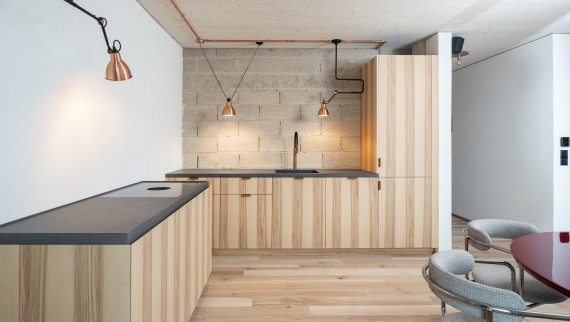
Another feature of the building is the use of natural materials such as clay and hemp. The rapidly growing raw material is used, among other things, as an insulating material in the form of a specially developed hempcrete called “Cancret“, which can store a net 100 kilograms of CO² per cubic metre. The building is also the largest hemp house in Europe.
Independently verified environmental product declarations
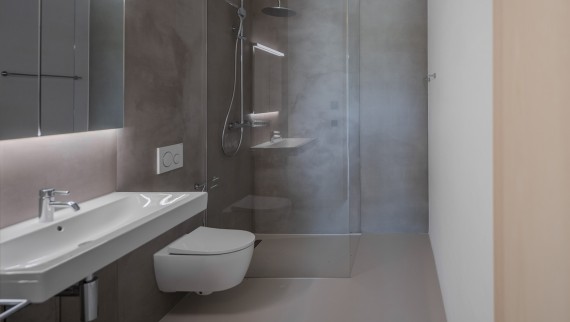
The client also emphasized quality and durability in the interior design. The bathrooms are fitted with Geberit ceramics. Andreas Wäger, Head of Technical Support at the Swiss Geberit sales company, explains: “Our ceramic products come with independently verified environmental product declarations (EPD) that show their ecological footprint.” This helps, among other things, in calculating the building’s overall CO² balance.
Additionally, the Swiss Geberit sales company supports a forest protection project of the myclimate foundation in Tanzania through voluntary CO² certificates and thus offsets unavoidable CO² emissions from ceramic production. According to Andy Keel, these CO² certificates were also a decisive factor in the decision-making process.
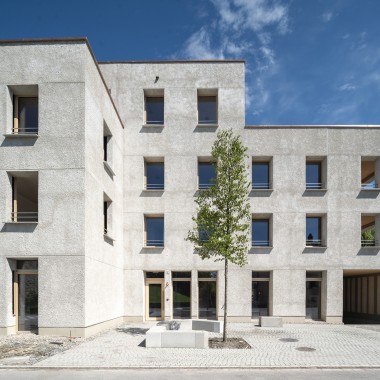
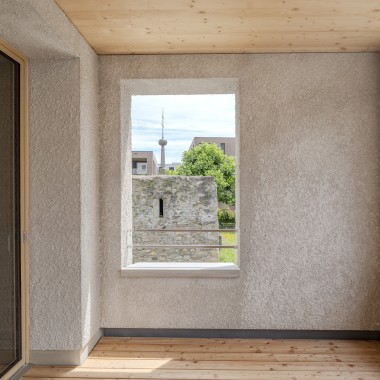
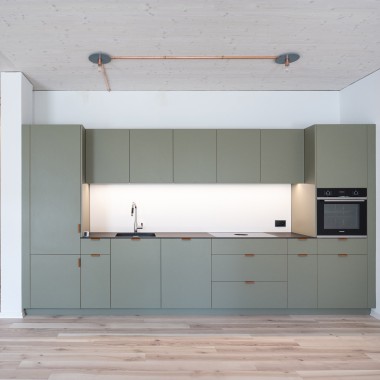
Facts
Geberit know-how
Geberit products used in the project
- iCon WC and washbasin
- Sigma20 actuator plate
- Silent-db20 drainage system
- FlowFit and PushFit supply systems
- SilentPanel sound insulation element
Subscribe to eView The Geberit newsletter for architects
Whether it’s spectacular hotels, skyscrapers, museums, residential buildings, or exclusive designer villas – innovative Geberit products and solutions are used in projects around the world.
In our eVIEW newsletter, we highlight the most exciting projects. Get inspired – and receive selected architectural highlights straight to your inbox three times a year.
